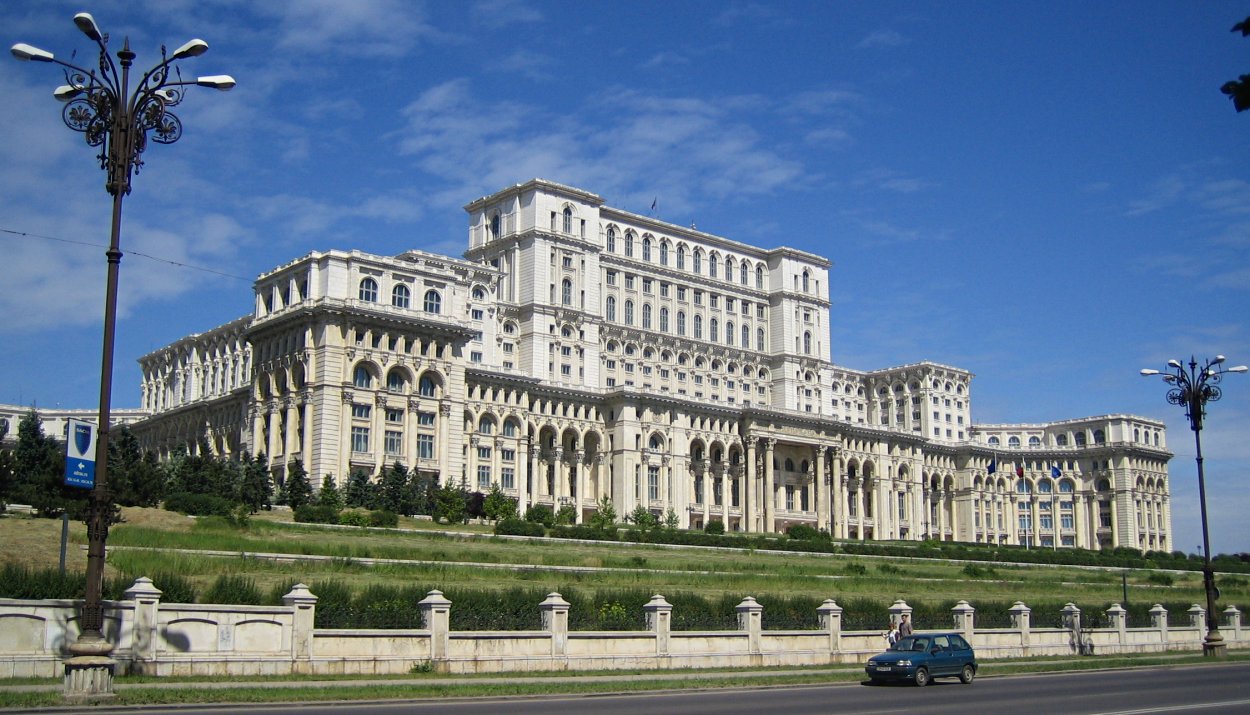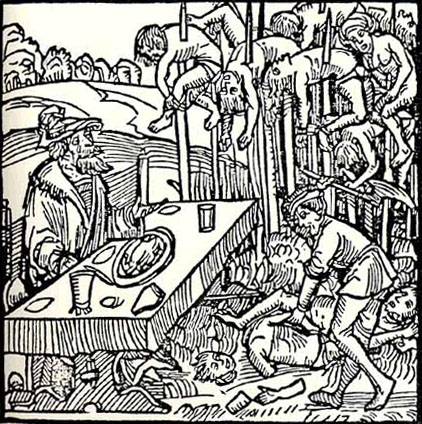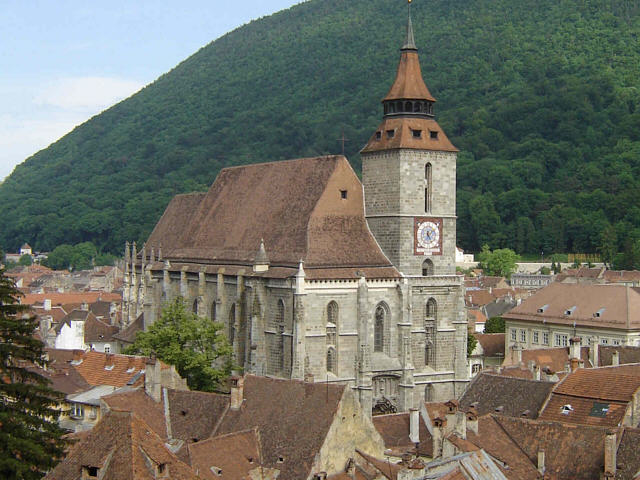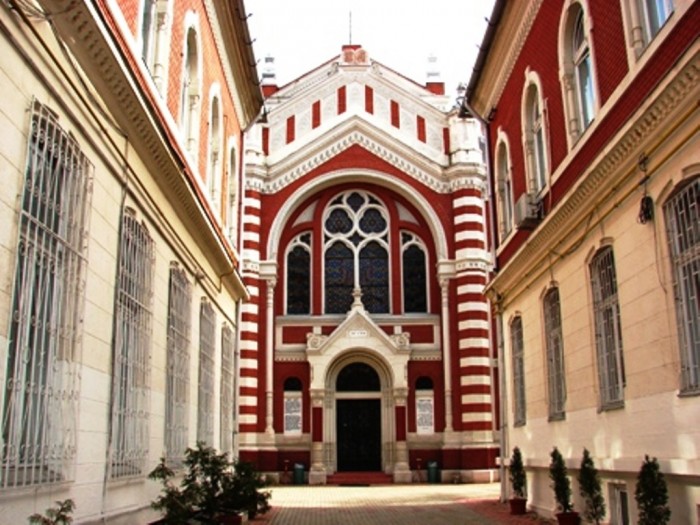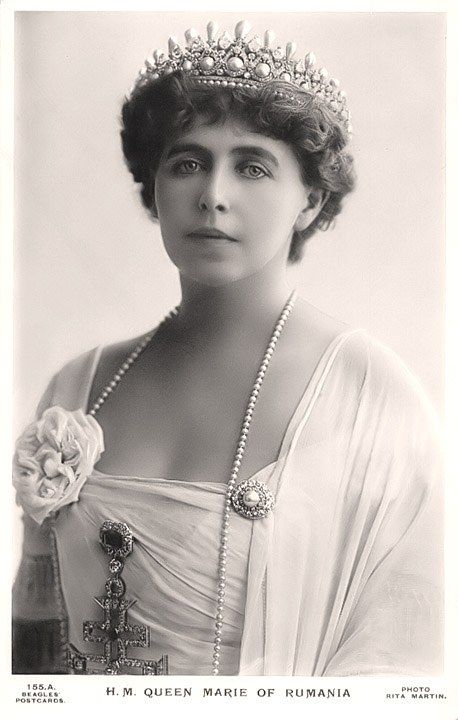July
31, 2015
Only 33C today. Much better.
Only 33C today. Much better.
Last night after we published the blog, we stepped out onto our balcony and were surprised to find that we were in the middle of an amazing electrical storm. No rain or thunder, but flashes of lightning that were lighting up the whole river.
Today
we woke up several hundred kms down the Danube, in Vidin. We took a 1 hr bus ride to Belogradchik, it was much better than those long bus rides we've been having. And the scent-free issue took care of itself, since we picked the last seat on the bus and the 4 rows ahead of us on both sides were filled with members of our tour group who have sworn to protect Frankie.
Belogradchik is a pretty town of seven thousand people in northwest Bulgaria.
Belogradchik is a pretty town of seven thousand people in northwest Bulgaria.
The
Belogradchik Rocks are a Unesco
World’s Heritage Site. They are a group of strangely shaped rock
formations on the western slopes of the Balkan Mountains, covering a
strip 3 km wide and 30 kilometer long. They
are made largely of limestone and are red to yellow in colour, and
some of them reach 200
meters in height.
The
rocks all have names and many are associated with legends. Some of
the names are Adam and Eve, the Mushrooms, the Shepherd Boy, the
Lion, the Camel, the Rebel Velko, and many other stone figures.
One of the Belogradchik rocks is
named "The Bee Stone" because it hums as if wild bees live
inside it.

Two of the most interesting and famous legends are as follows:
The
Madonna – There was once a young girl in a nunnery named Vitinya
who was famous for her beauty. She fell in love with a horseman
named Anton (!) and in time bore a child. Of course, the monks
banished Vitinya from the monastery. As they did so, the sky turned
dark and loud thunder was heard. The monks, the horseman, and
Vitinya (bending over her child) were all turned to stone.
The
Schoolgirl – This legend is very similar to the Madonna. This time
the young beauty was a student under a cruel dervish schoolmaster.
She fell in love with a hammersmith. The hunchback dervish was
jealous and pursued her to the rocks, where she came face to face
with a bear. Rather than succomb to the dervish, the girl fell
before the bear. Once again, the sky turned dark, loud thunder was
heard, and the bear, the dervish, and the schoolgirl were all turned
to stone.
In the following picture, you should be able to see the trunk of an elephant. To the left of the elephant is a rooster. To the left again is the first kiss of Adam and Eve.
We had a steep climb to the very top, where we could see the back of the Adam and Eve formation, and from this side it looks as if Adam is reaching his hand around to choke Eve.
Belogradchik
Fortress was first built by the Roman Empire, expanded by a Bulgarian tsar in the 1300s, and captured by the Ottomans in 1396, who continued to
reconstruct it. For this reason the fortress is still known as
Kaleto, which is Turkish for fortress. In 1850, Belogradchik
Fortress helped to suppress the Belogradchik uprising and was the
place where activists were beheaded. In 1885, it was also used in the
Serbian-Bulgarian War.
Belogradchik
Fortress incorporates the Belogradchik Rocks as part of its natural
defense. The fortress walls are over 2 metres thick and up to 12 m
high.

We
were returned to our ship for lunch, and then we had time in the
afternoon to explore Vidin on our own. Vidin
is a port town on the southern bank of the Danube in north-western
Bulgaria. It is close to the borders of Romania and Serbia.
We walked through town, Frankie carrying a map and Anton carrying his GPS. We found St. Dimitar Church. It is the second biggest church in Bulgaria. It was first built in the 17th century as a wooden church, but demolished and rebuilt again with stones from 1885 to 1926. There is a central dome that is 33 meters high and several murals depicting Biblical events. But not just Biblical events: they also tell of the life of the town’s patron St. Dimitar.
Near the entrance of the church, there was a very short glass case with some mummified hands and we could not tell if there was a head under the shroud. A nice guy who worked at the church came and told us lots of things about the church and the relic. All in Bulgarian. Through gestures and nods, we finally understood that it was Mr. St. Dimitar himself and that there was a head under the shroud. Except partly through the conersation, we remembered that nods mean no and shakes mean yes, so we really have no clue what we got right and what we got wrong. We got a good laugh out of that.
Next we visited the Osman Pazvantoglu Mosque, built in 1801-1802. The internet had said that this mosque no longer functions for religious purposes, but we were given a personal tour by the iman himself. He said there are still 30 or 40 muslim families in Vidin. He was very proud of the fact that it is the only mosque in the world where the minaret is topped with a heart rather than the traditional crescent moon. This was to show the builder's love for a Bulgarian woman. The heart looked upside down to us, we wonder what that means? He built a library in the courtyard for his mother.
For more than 5 centuries, there was a Jewish community that thrived in Vidin, and the second largest synagogue in Bulgaria was built here in 1894. Work was begun to restore it in the 1980s, but the collapse of communism halted the reconstruction just as workers had removed the roof. This left the synagogue exposed to the elements, and now it lies in ruins.
We walked all the way around the
Baba Vida Fortress, which is located right at the banks of the Danube. It
was built between the 10th and 13th centuries and is the only
entirely preserved medieval castle in the country. It withstood an
8-month long seige by the Byzantine Army around 1000 AD.
The
legend of the origin of the Baba Vida Fortress goes like this: A
Bulgarian boyar (nobility) died and divided his lands between his 3
daughters: Vida, Gamza, and Kula. Gamza and Kula married and
squandered their birthrights, but Vida rejected marriage and instead
had the fortress built to protect the city. Hence the castle is
named 'Baba Vida" meaning "Old Mother Vida".
We were teasing Mike and Carol whose stateroom is next to ours, because we saw his underwear hanging on a chair on his balcony. So later they looked over and saw our delicates that we had just hand washed. We've found that hanging things in the shower does not let them dry at all, but a few hours out on the balcony and the laundry is totally dry.
The ship could not leave when it was supposed to because room 209 and 211 had not reported in after shore leave. They were paged multiple times for 45 minutes.
We were teasing Mike and Carol whose stateroom is next to ours, because we saw his underwear hanging on a chair on his balcony. So later they looked over and saw our delicates that we had just hand washed. We've found that hanging things in the shower does not let them dry at all, but a few hours out on the balcony and the laundry is totally dry.
The ship could not leave when it was supposed to because room 209 and 211 had not reported in after shore leave. They were paged multiple times for 45 minutes.
After dinner we went to a captain's Q &A. The most interesting facts: the ship can only travel a maximum 22 km/hr. It carries 135,000 L of fuel and 156,000 L of water. It has a flat bottom. The wheelhouse can be lowered to go under low bridges. That is not an issue for this trip because the Danube is 4 meters lower than usual because of lack of rain. The ship has its own waste water treatment: it goes through 3 tanks and the sludge is pumped off by trucks, then the residue is put into the river.
Graffiti of the day:



















